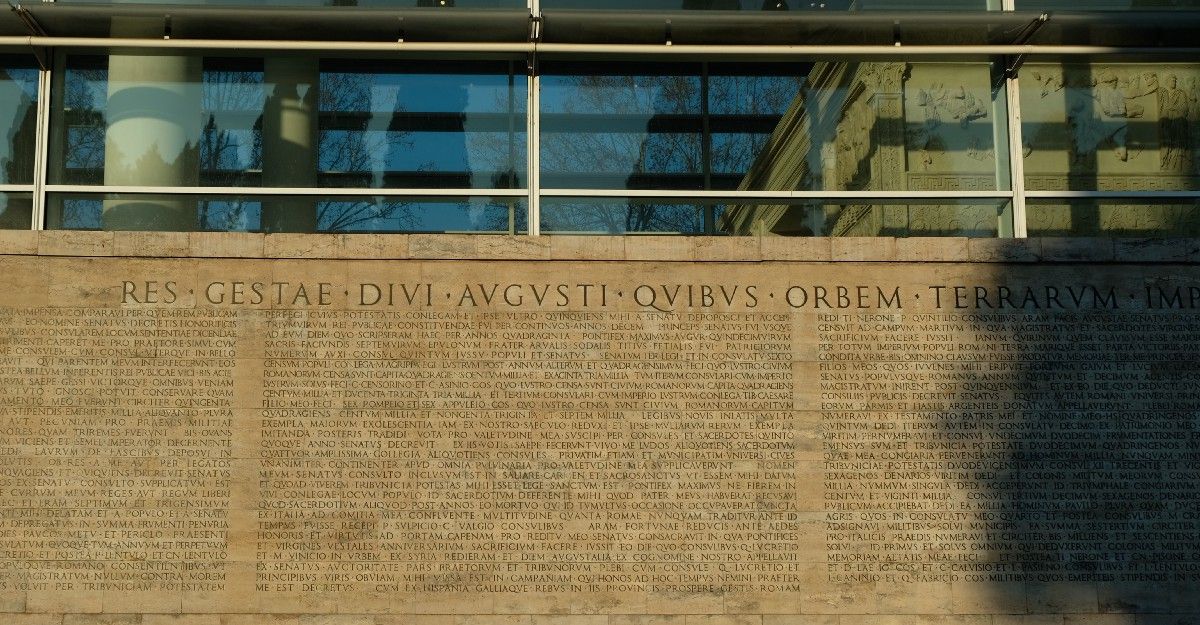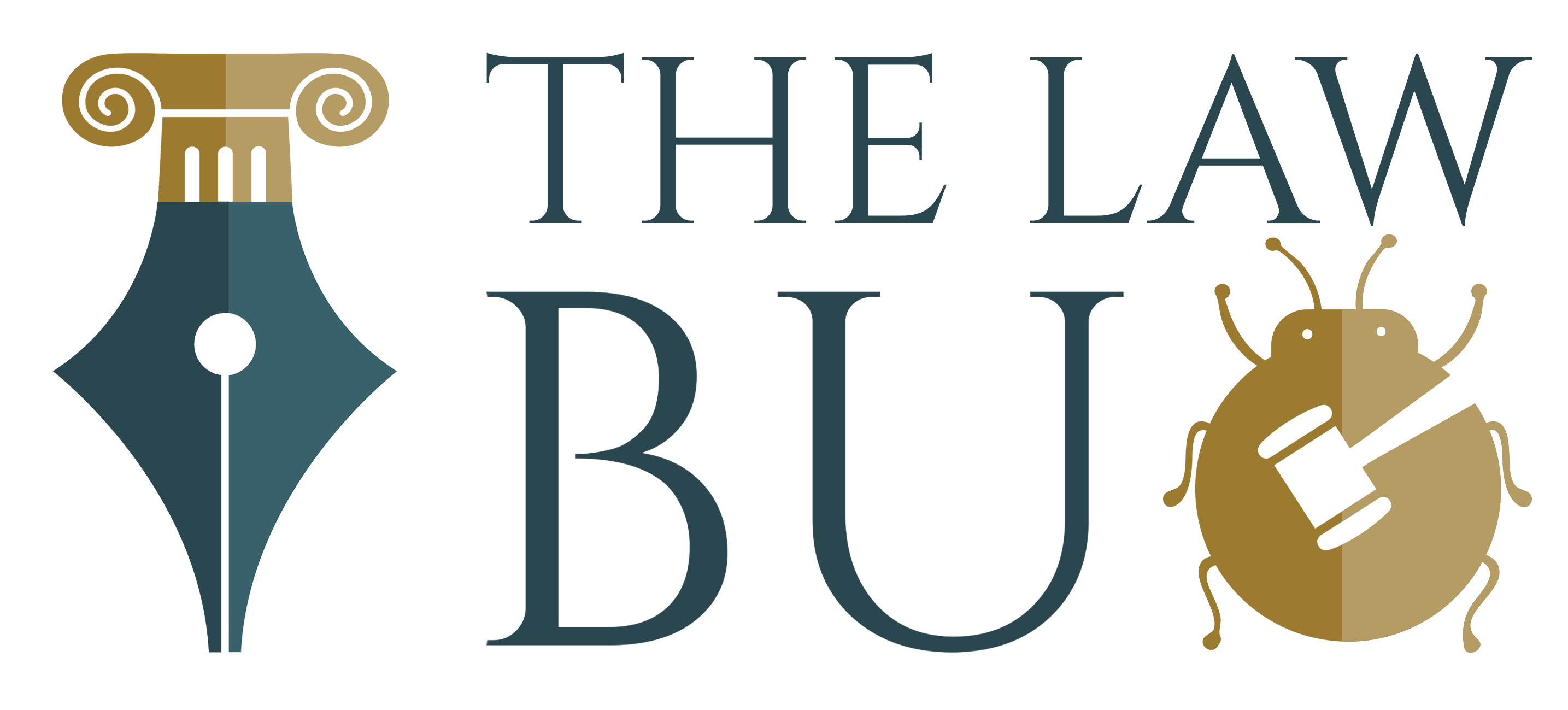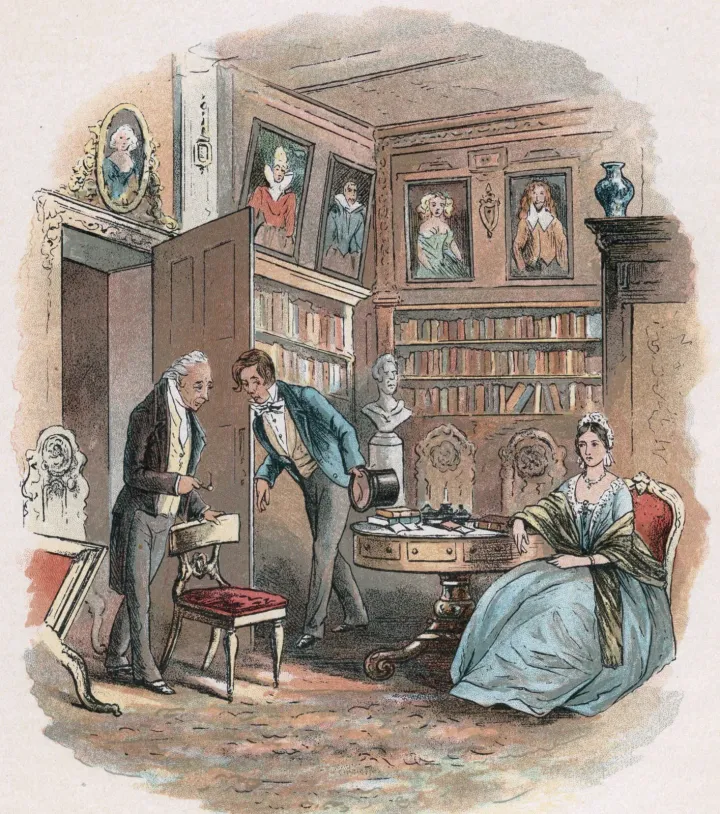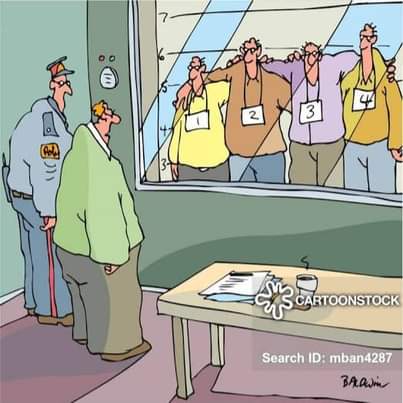What is Res Gestae? - Simplified!

Res gestae literally means ‘things done’ or liberally speaking, the facts of the transaction, explanatory of an act or showing a motive for acting. Res gestae may be defined as “matter incidental to the main fact and explanatory of it, including acts and words which are so closely connected with each other so as to set up a part of the transaction and without knowledge of which the main fact, are synchronous with it and serve to depict its character.”
Res Gestae: An Exception To Hearsay Rule
Hearsay evidence means the statement of a person who has not seen the happening of the transaction, but has heard of it from others. “The general rule is that hearsay evidence is not admissible in proof of a fact which has been stated by a third person. This rule has been long established as a fundamental principle in rule of evidence. But the principle of res gestae constitutes an exception to the rule of hearsay.”
The rationale behind this is the “spontaneity and immediacy of such statement must be contemporaneous with the acts which constitute the offence or at least immediately thereafter. But it is necessary that such fact or statement must be a part of the same transaction. Such statement must have been made contemporaneous with the acts which constitute the offence or at least immediately thereafter. But if there was an interval, however slight it may be, which was sufficient enough for fabrication then the statement is not part of res gestae.”
Res Gestae Under Indian Evidence Act, 1872
Section 6 of the Indian Evidence Act and some of the succeeding sections embody the rule of admission of evidence relating to res gestae. “As a matter of fact the rule of res gestae formulated in section 6 is expounded and illustrated in sections 7, 8, 9 and 14 of the Act and they should be read together.”
According to section 5 of the Indian Evidence Act, 1872 “evidence may be given of either fact in issue or relevant facts and of no others. It has also been stated in section 3 of the said Act that one fact is said to be relevant to another when the one is connected with the other in any of the ways referred to in sections 6 to 55 of the Act.”
The term res gestae has not been defined in the Evidence Act. However section 6 is analysed under the head of res gestae. The principle of law embodied in section 6 of this “Act is usually known as the rule of res gestae. In determining the relevance of facts, Section 6 deals with facts connected with the fact in issue so as to form ‘part of the same transaction’, regardless of whether they occurred at the same time and place. The relevance of the fact flows from the determination of whether it is part of the same transaction; this reflects, not surprisingly, the early interpretation of the res gestae exception.”
The Act clarifies that the term ‘fact’ shall include statements. “Section 6 and the succeeding sections of the Act embody the rule of admission of evidence relating to what is commonly known as res gestae. The rule of res gestae formulated in section 6 is expounded and illustrated in sections 7, 8, 9 and 14 of the Act and they should be read together.”
Judicial Precedents Viz Res Gestae
Indian Judiciary has interpreted res gestae as those statements made in synchronization with the event or immediately after it, but not ‘at such interval of time’ as to allow fabrication.
(i) In Babulal Choukhani v. Western India Theatres Ltd., it was observed that “the statement of law in section 6 of the Evidence Act is usually known as Res Gestae. The literal meaning of the word “res” is “everything that may form an object of rights and includes an object, subject matter or status.”
(ii) In Gentela Vijayavardhan Rao and another v. State of Andhra Pradesh, “The Apex court held that statement must have been made contemporaneous with the acts which constitute the offence or at least immediately after it. However, if there is an interval, however slight it may be, which was sufficient enough for fabrication, then the statement won’t form a part of res gestae.”
(iii) In State of Andhra Pradesh v. Panna Satyanarayan, the accused murdered his wife and daughter. The statement by the father of deceased wife that father of accused told him on telephone that his son has killed the deceased. “Absence of a finding as to whether the information given by accused’s father to the deceased’s father that the accused had killed the deceased was either of the time of commission of the crime or immediately thereafter so as to form the part of same transaction. The statement cannot be considered as relevant under section 6.”
(iv) In Rattan Singh v. State of H.P., “the accused intruded into the courtyard of the victim’s house at night and inflicted gun-shot injury on her. She was able to identify him. She stated before her death that the accused was standing with a gun before her. She explained the time and space proximity between her and the assailant. The statement was held to be a part of the transaction and relevant as such under section 6.”
(v) The Supreme Court in Sukhar v. State of Uttar Pradesh, held that statement of witness that on hearing sound of firing he went to the scene of occurrence and found the injured lying on the ground and he told him as to who had fired the shot is admissible under section 6, being part of same transaction i.e. act of shooting by accused.
Conclusion
Hearsay with exceptions like res gestae cannot be used as a weapon to harass the accused, by admitting all kinds of evidence. There is need to limit the use of hearsay in India through the wide test of a transaction. Law is not static; it is to be changed from time to time as per need of the society. It is also imperative that any new rule of res gestae must satisfy the constitutional guarantees of free trial and equality.




Comments ()